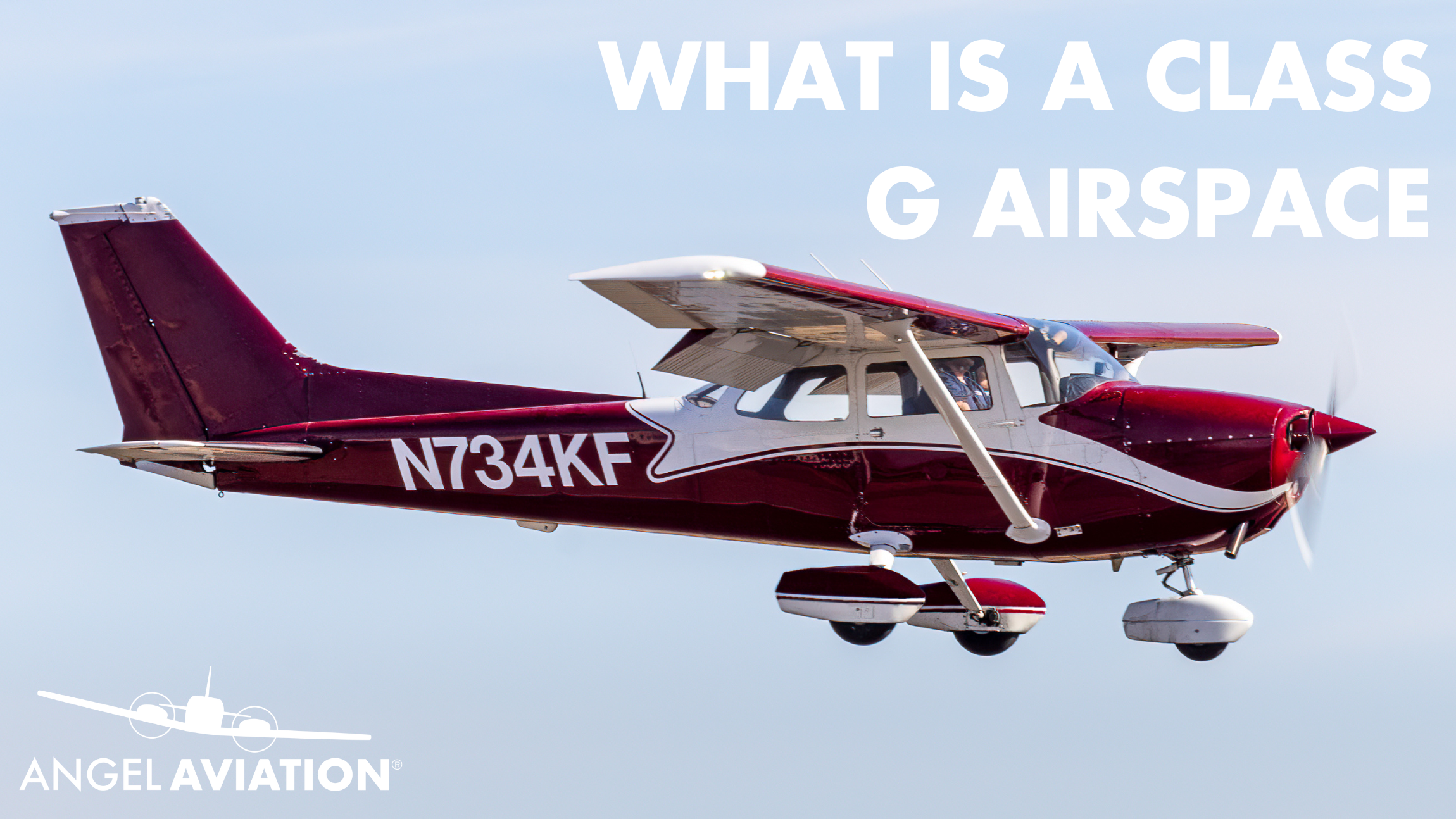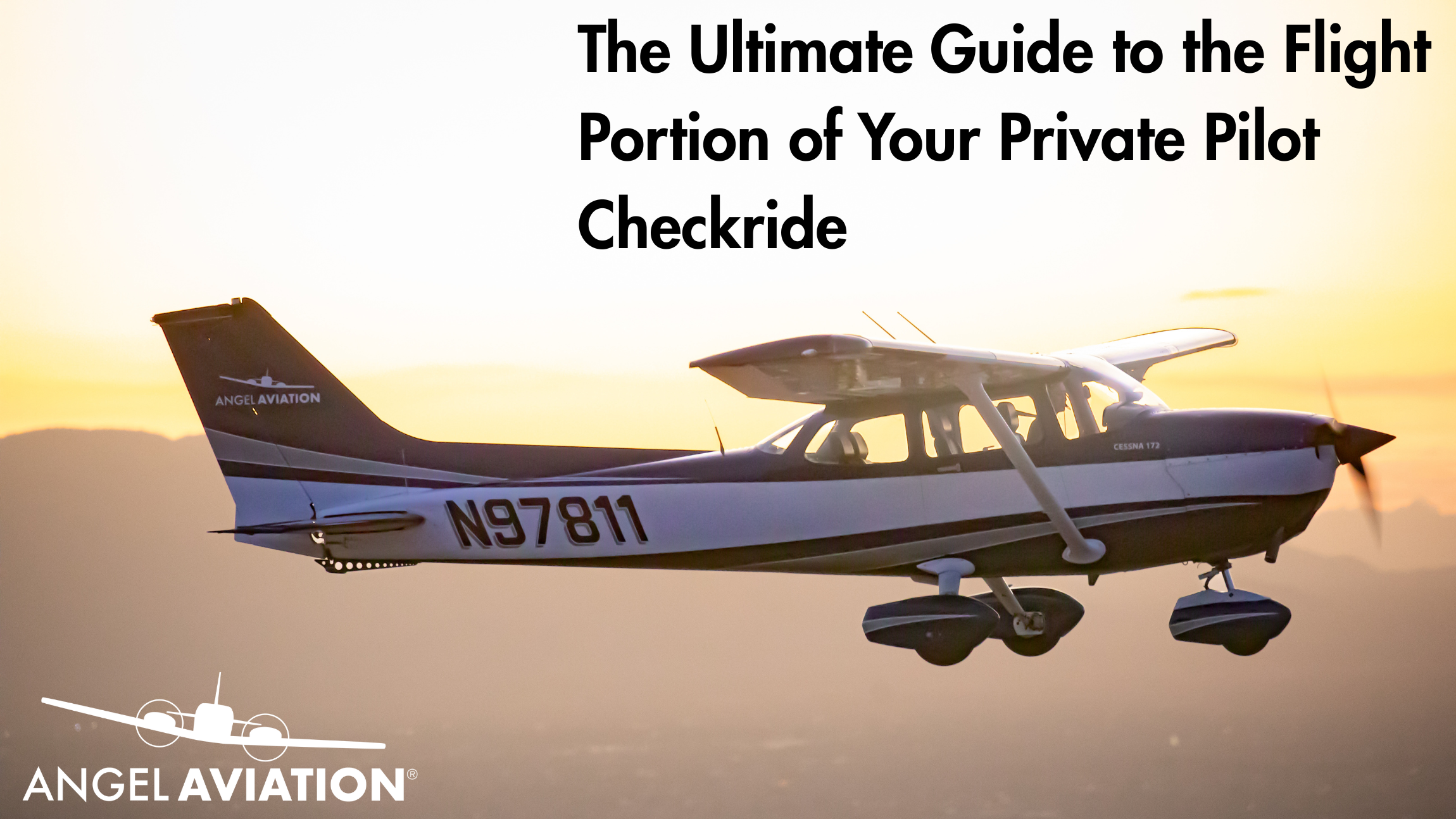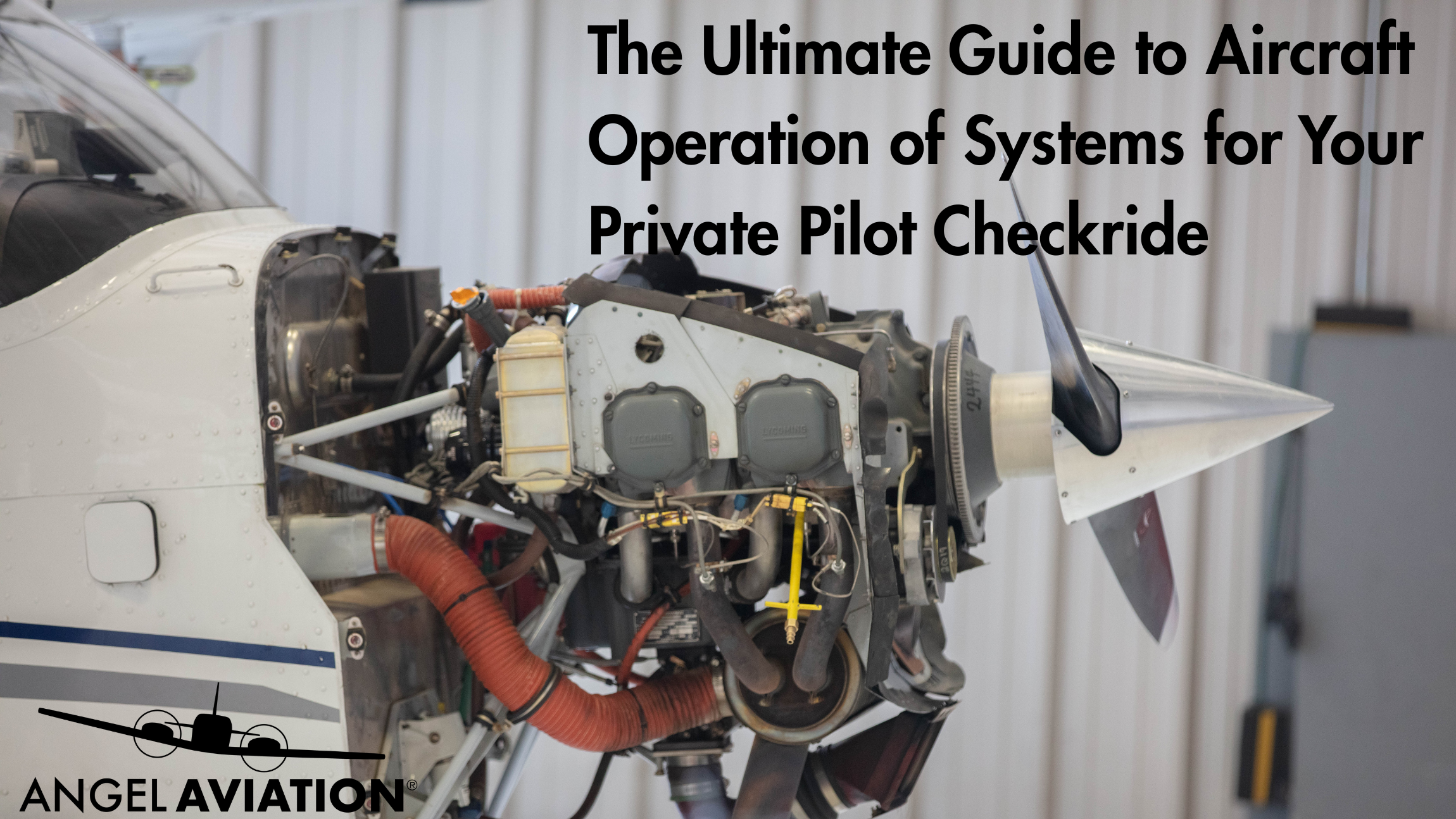Class G airspace is the least restrictive and is often where student pilots get their first taste of flying. Let’s explore what makes Class G unique.
Defining Class G Airspace
Class G airspace is uncontrolled airspace that exists below Class E, typically from the surface up to 1,200 feet AGL, although in some areas, it may extend higher.
Who Uses Class G Airspace?
This airspace is primarily used by general aviation pilots, flight training operations, and private aircraft flying under VFR.
Key Characteristics of Class G Airspace
- No ATC Clearance Required: Pilots are not required to communicate with ATC in Class G.
- Minimal Regulations: While rules for visibility and cloud clearance still apply, Class G provides the most operational freedom.
- Popular for Training Flights: Student pilots often conduct their first solo flights in Class G airspace due to its low traffic and minimal restrictions.
Final Thoughts
Class G airspace offers the freedom for student pilots to build confidence and experience. At Angel Aviation, we guide pilots through all types of airspace, ensuring they’re fully prepared for any flight scenario. Ready to take off? Contact us today!






Leave A Comment